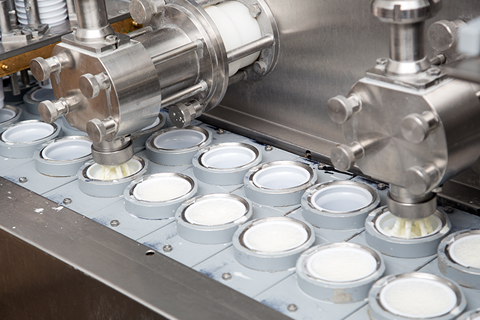Filling Systems
Filling Systems
Explore our products
Products

Filling Systems
To cover a large number of systems of many different designs from tiny filling systems with automatic or semi-automatic procedures to ATEX and complex automation systems. Depending on design, they combine feeder and filling technology, packaging technology, robotics and visual object recognition systems.
They can be broken down into countless technical variants and differ in terms of the level of automation. The feeder or filling unit is the one element they all have in common. Depending on material and requirements, they vary with regard to preparation, sealing and follow-up functions.
Planning a filling system
The key parameter for planning a perfect filling system is material diagnosis.
The main distinction is between
– Liquid Filling Systems > Liquids
– Solids Filling Systems > Bulk material, pastes
The material properties should also be classified in order to select the perfect filling system.
The first criterion is flow properties, which place particular demands on the feeding design and type of feed device used in the system.
Other criteria include bulk density, viscosity, grain size, flammability and toxicity of materials.
The material properties determine the feeding device, pre-bin and discharge aids.
Filling machines are an important part of the industry. They help to fill and package different types of chemicals into different kind of containers, bottles, IBCs and many kind of sizes and volumes. These machines are designed to ensure safety, accuracy, and efficiency in the filling process, while also preventing contamination or spills. Chemicals filling machines can fill a wide range of chemicals, including acids, solvents, corrosives, and other hazardous chemicals. The type of chemicals that can be filled depends on the compatibility of the chemical with the filling machine and the container.
Using a chemicals filling machine offers several advantages, including:
- Increased efficiency and productivity
- Improved accuracy and consistency in filling
- Reduced labor costs and manual errors
- Minimized waste and spills
- Improved safety and compliance with regulations
- Customizable to specific design
When selecting a chemicals filling machine, it is important to look for safety features that ensure the safety of the operators and prevent contamination of the chemicals. These features may include:
- Explosion-proof design
- Anti-static materials
- Ventilation system
- Automatic shut-off valve
- Emergency stop button

